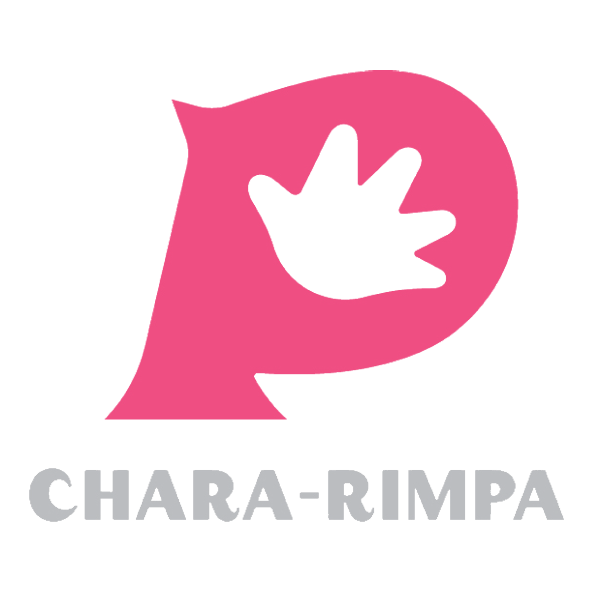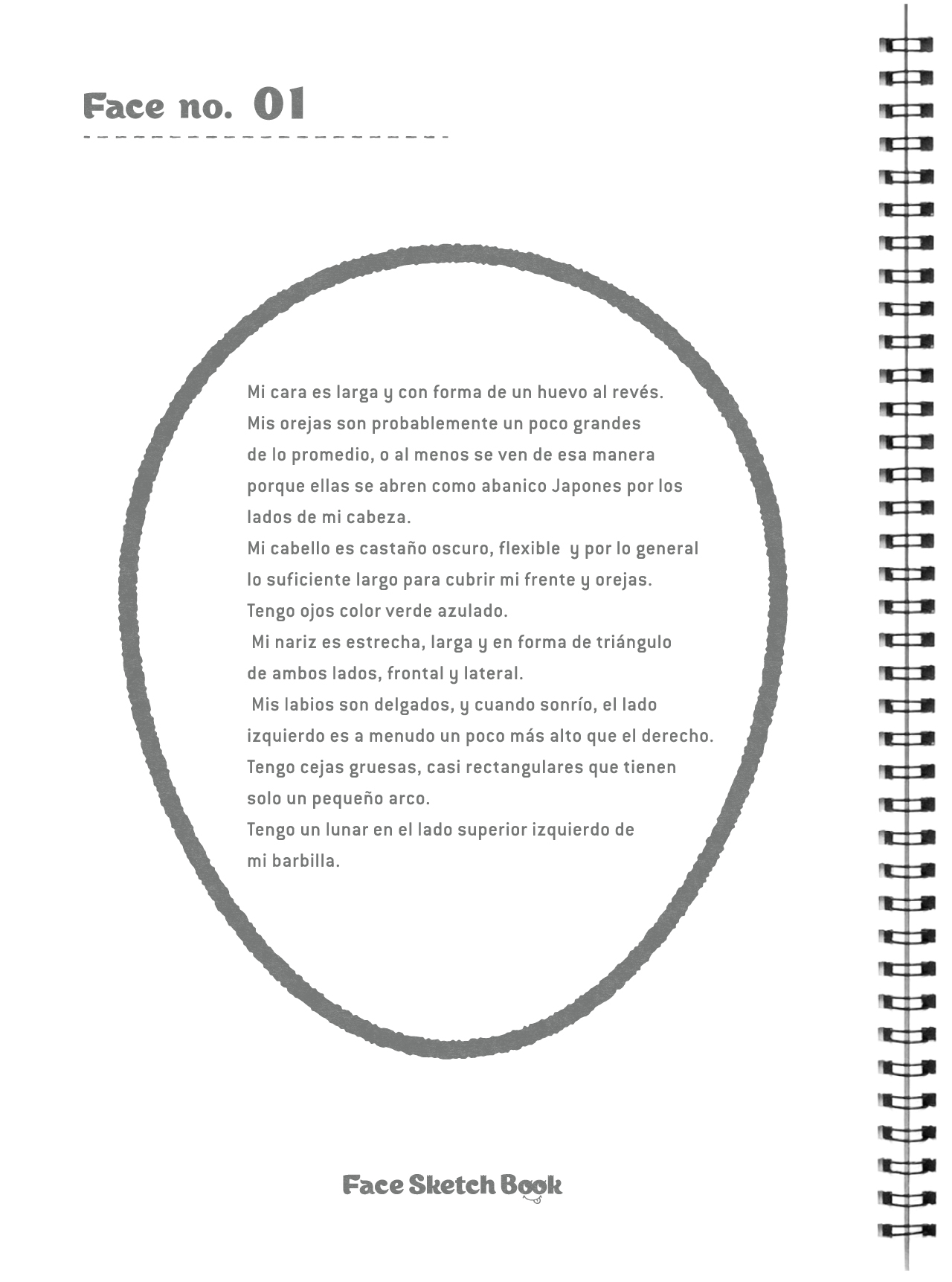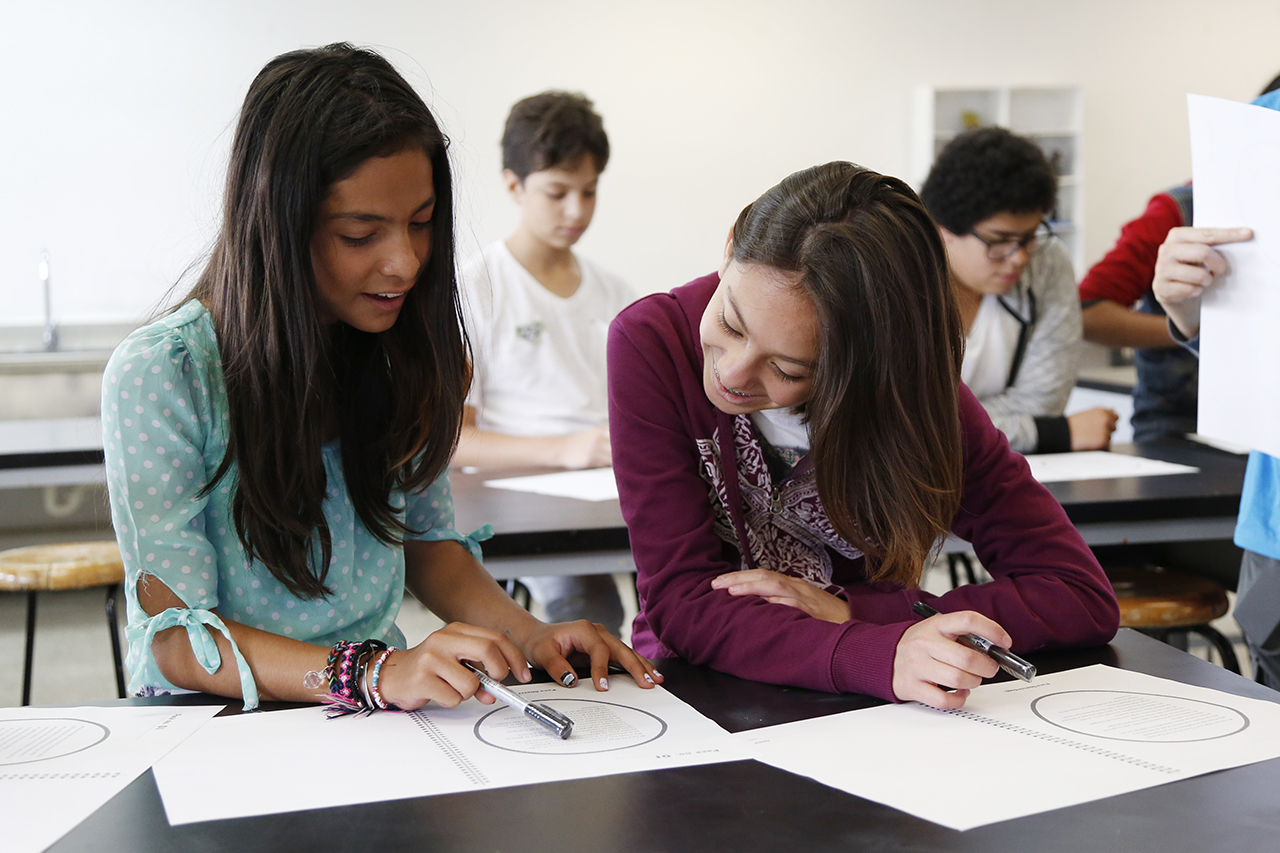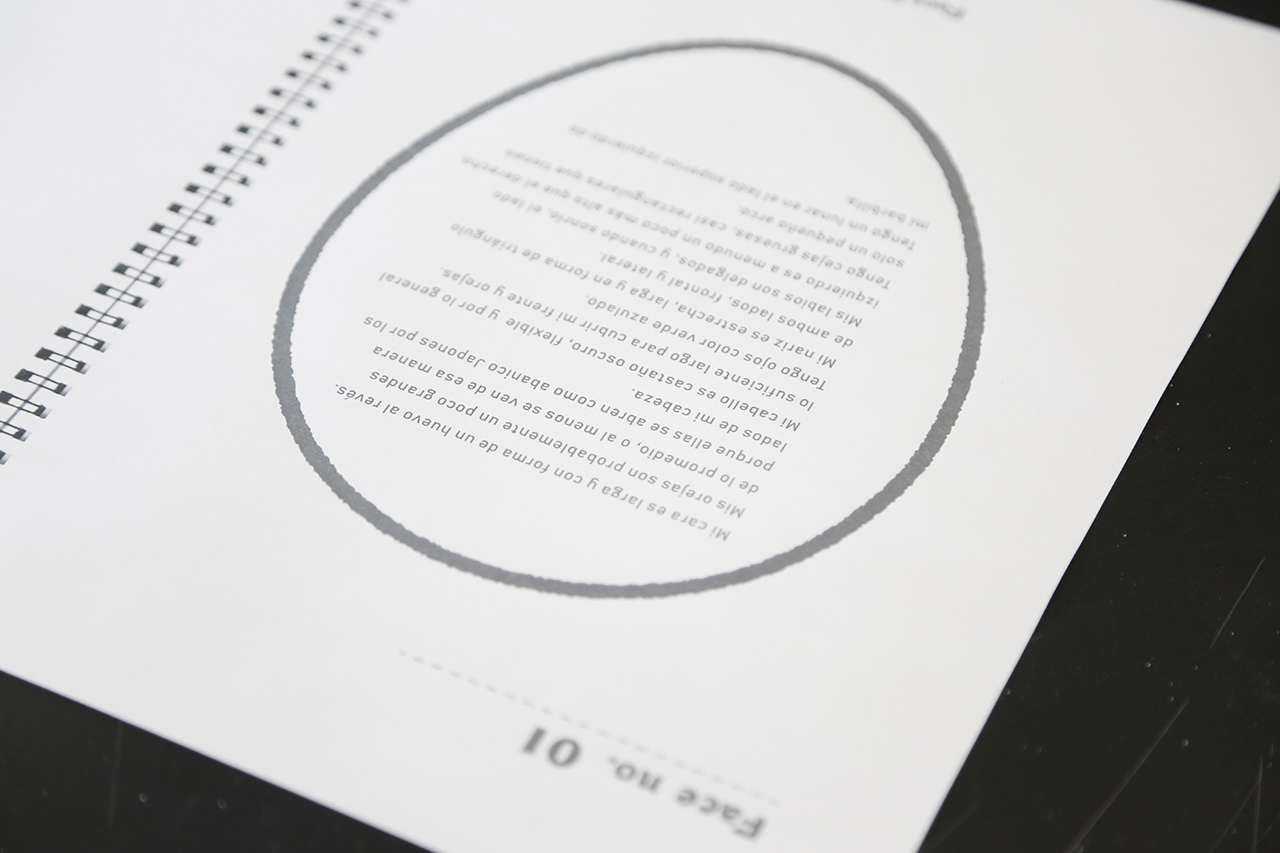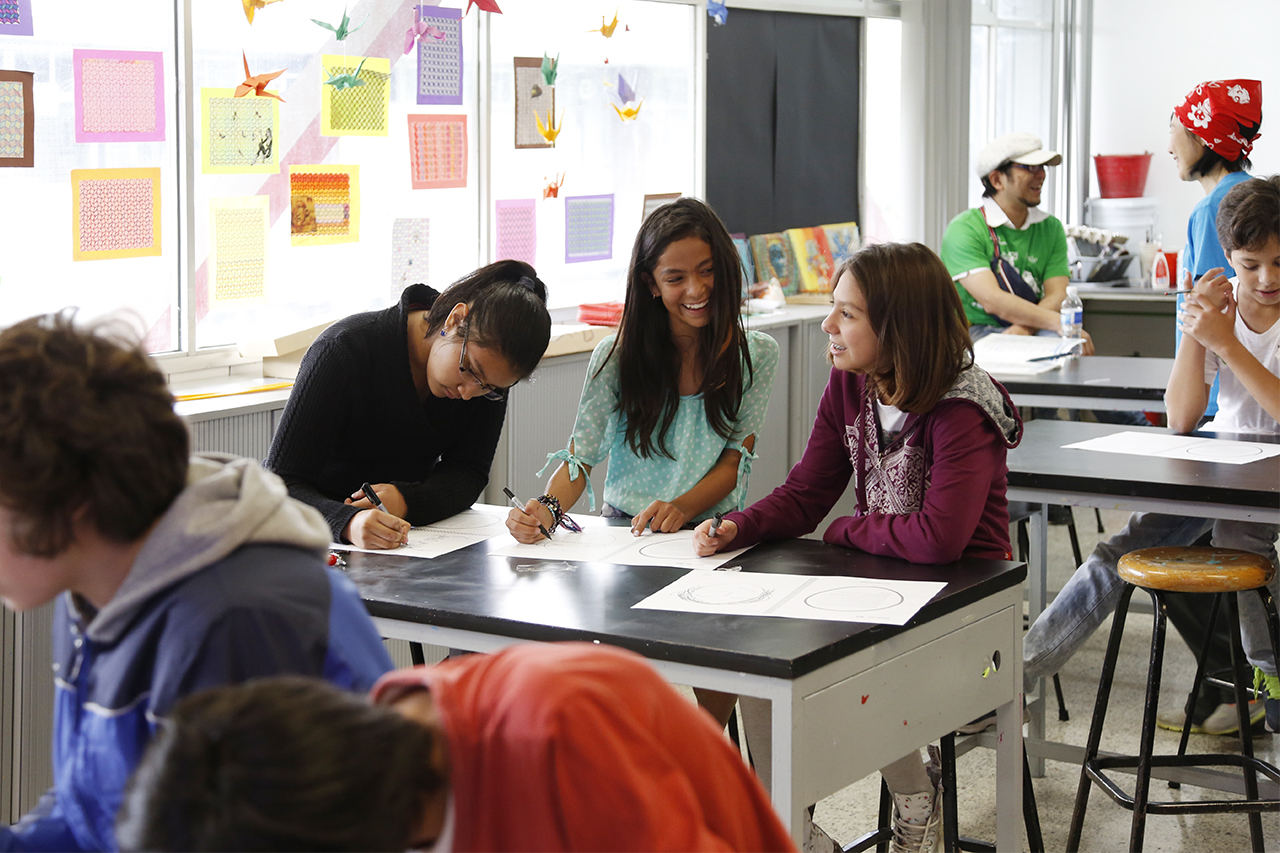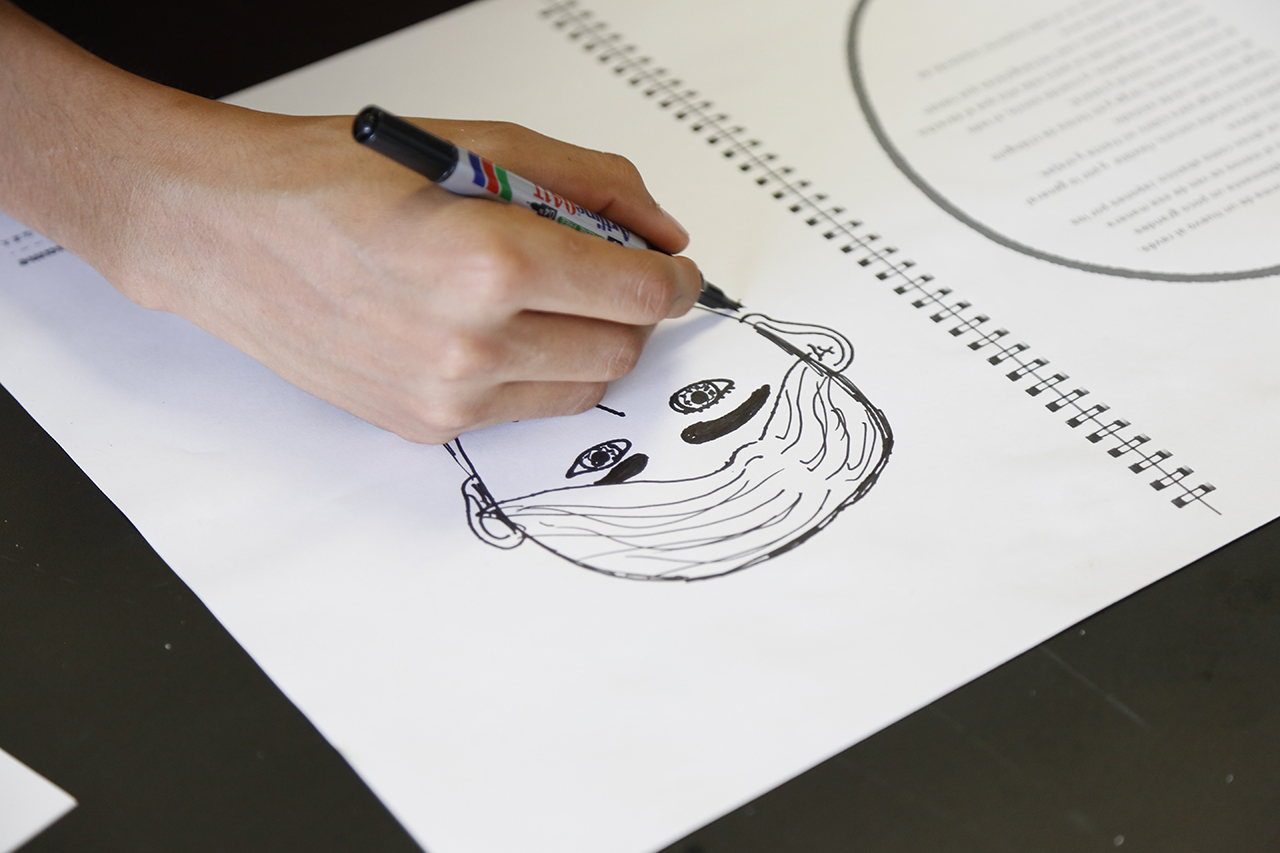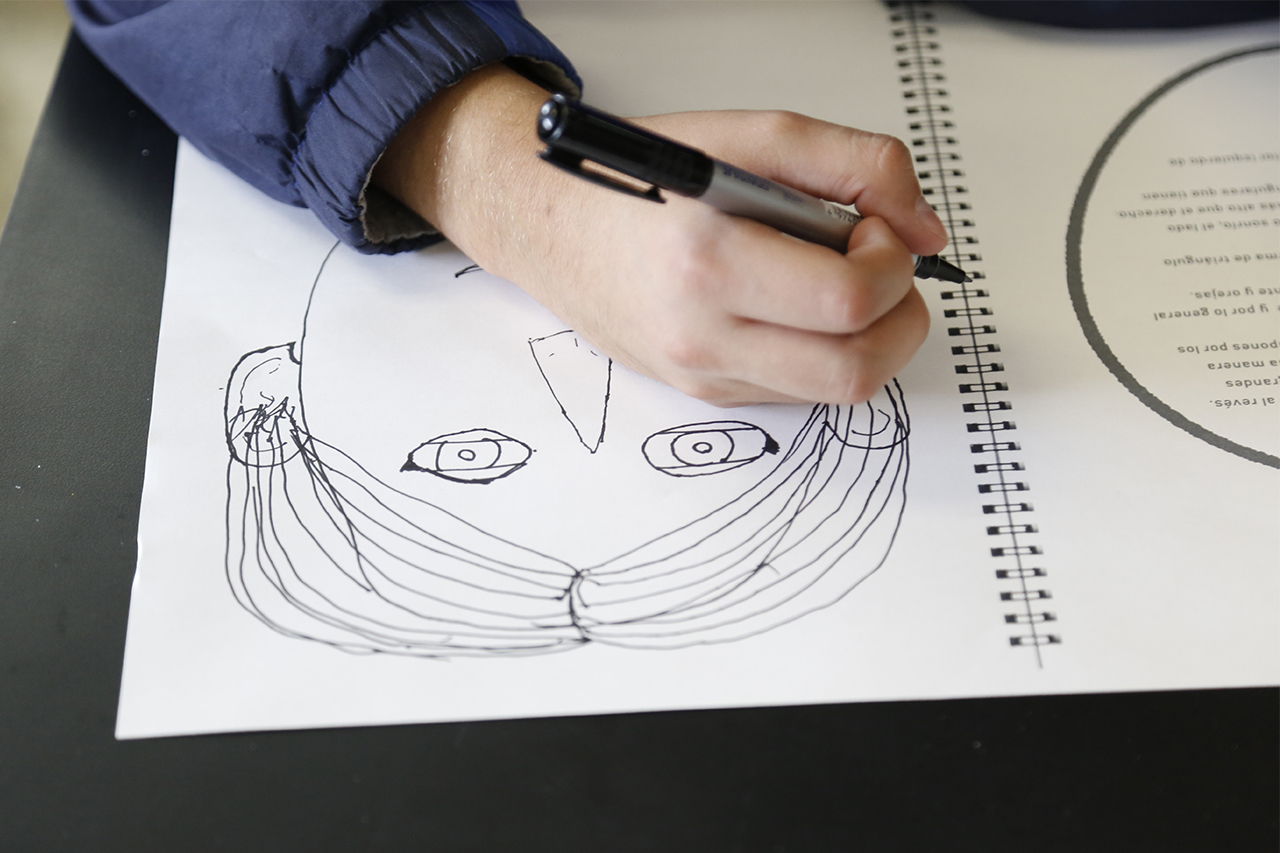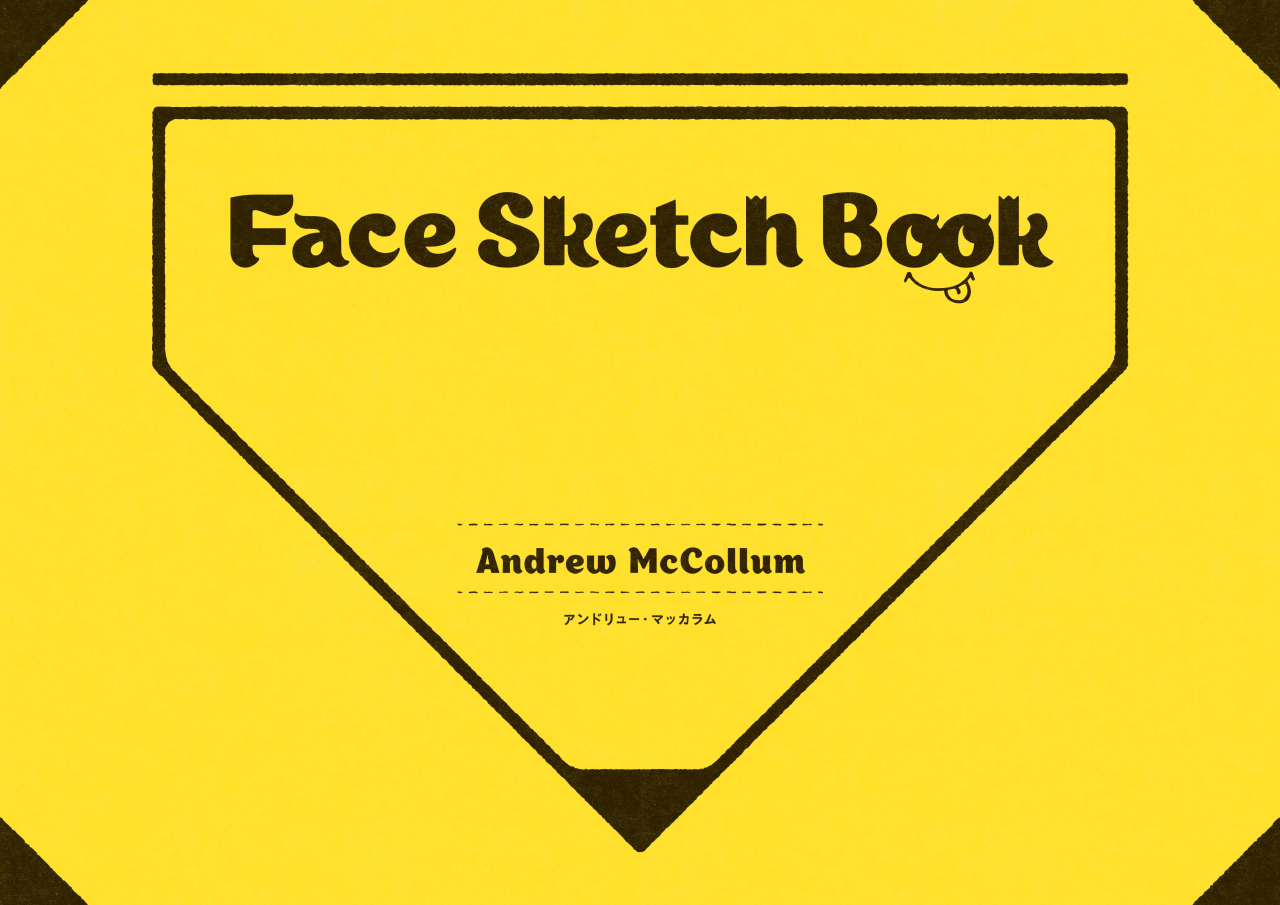Sketch a face of a person you have never met, based on that person’s written description of his or her own face. The people used in this project are well known in their particular field or profession.
The first person that contributed to this workshop was one of the five Harvard students who started Facebook. He was the designer of the first FB logo. Thus, this workshop is humorously named Face Sketch Book.
